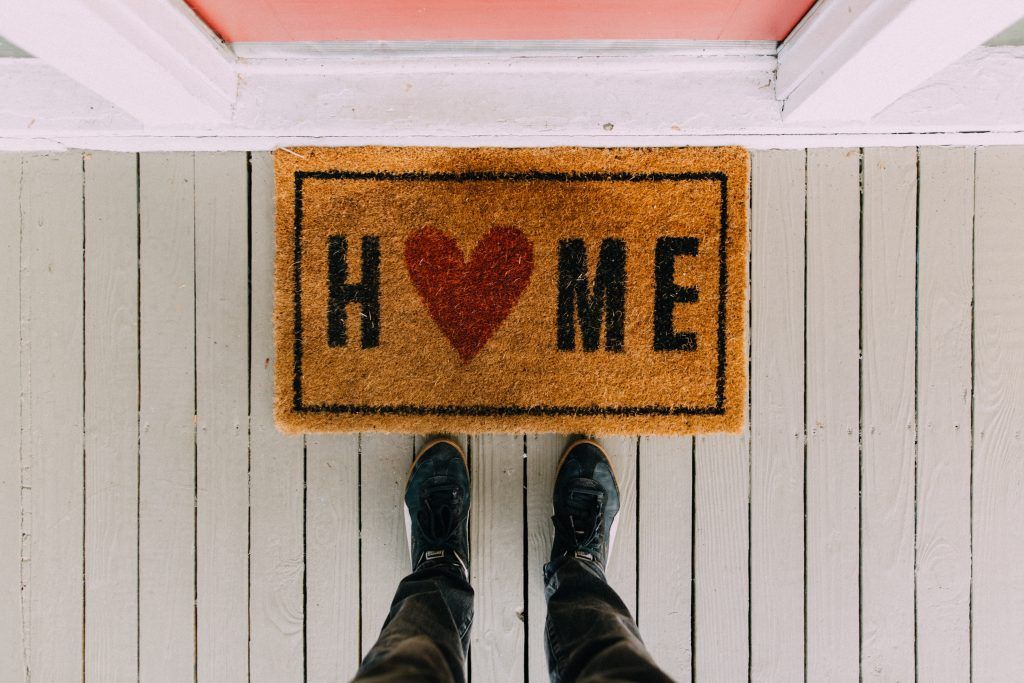
Social distancing and in-home quarantine can produce increased emotional stress, alcoholism and drug use. But why?
Social distancing is defined by the Centers for Disease Control and Prevention (CDC) as keeping space between yourself and other people outside of your home. This decreased physical contact is intended to reduce the spread of disease but there may be negative consequences as well.
“Many news articles discuss the effects of social distancing and how it relates to the increase in emotional stress, alcoholism and drug abuse. But where does that emotional stress come from? People talk about kids and spouses driving people crazy since they’re with them all the time. They say divorce rates will go up. I’ve quizzed my students at various times about what they miss most from home about being in college and a lot more of them than I’d expect say they miss their friends and their families.” said Dr. Carl Milofsky, professor of Sociology at Bucknell University.
Family and friends are foundational for teens and early adults, Milofsky added. While we have social media, that social media likely needs to be supplemented with some form of direct contact to enrich connections.
“I think young people feel cut off and that’s painful. People also are bored. For me the energy and constant interaction and (strangely) the exercise of walking back and forth to school each day are things that keep me emotionally level. I also have been teaching and working so my time at home hasn’t changed things much. But other people feel stale and cooped up.”
Quarantine vs. social distancing
Dr. Lindsay Sauers, a licensed clinical psychologist and the CEO of Endless Mountains Mindfulness Retreats likened social distancing to being in quarantine.
“The definition of quarantine is slightly different from social distancing, but the impact may be similar. Researchers define quarantine as the separation and restriction of movement of people who have potentially been exposed to a contagious disease. This is to ascertain if they become unwell and to reduce the risk of infecting others. This definition of quarantine differs from isolation, which is the separation of people who have been diagnosed with a contagious disease from people who are not sick; however, the two terms are often used interchangeably, especially in communication with the public.”
According to Sauers, many of the studies on isolation and quarantine identified psychological effects such as post-traumatic stress symptoms, confusion and anger.
Other findings included heightened exhaustion (emotional and physical), detachment from others, anxiety, irritability, insomnia, avoidance behaviors, poor concentration, indecisiveness, depression, stress and declined work performance.
“Some possible pre-quarantine factors that might predict psychological impact on individuals might include a history of psychiatric illness and demographic factors such as age, number of years of formal education, gender and number of children.”
While there are few studies specifically on social distancing during a pandemic, Sauer said many studies about quarantine found that some factors such as duration of quarantine, fears of infection, frustration, boredom likely influenced the impact on psychological well-being. Other factors that might also impact psychological well-being were inadequate supplies and a lack of information.
Looking to the prisons
But what changed in people during isolation? Milofsky connected it to his current work with prison inmates.
“We’ve talked about being in solitary housing,” he said. ”That isn’t really isolation because people are in cells on hallways and they talk to each other constantly. But being by themselves also pushes people to reflect deeply on their situation in life, how they got where they are at, what things they really value, and how they want to live when, and if, they get out of solitary. Many inmates connect this isolation experience to what they call “transformation,” changing their life orientation to be more positive, involved with helping others and being determined to live by positive values. Other people in isolation struggle.”
The root issue related to COVID-19, or any disaster situation is uncertainty, Sauers said.
“COVID-19 has reminded us on a large scale, and very quickly, that uncertainty abounds in the human condition. Uncertainty brings fear for many. For some, fear brings anxiety, which is the cognitive and physical manifestation of fear. Anxiety often gets into a challenging perpetual loop driven by avoidance. Prolonged anxiety often connects with a “down-swing” marked by more depressive symptoms.”
Learning to cope
According to Sauers, many learn to cope or address their fear and/or anxiety, as well as any resulting depressive symptoms, in particular ways that are simply not possible during a pandemic such as spending time with friends and loved ones. Unfortunately, people might then learn to cope in other ways, which fall under the category of numbing behaviors such as drinking, using drugs, mindlessly streaming shows, gaming.
“While these activities might seem to help in the short-term because it feels like there is temporary relief from the distress, in the long-term, we cannot run from our emotions, thoughts, and physiological reactions. As such, anxiety and depressive symptoms typically build, not diminish, with numbing behaviors.”
To minimize the negative effects of isolation and distancing, Sauers recommended that people search out reliable information, reduce boredom by staying active, encourage altruism over compulsion and be specifically attentive to health care workers.
Other well-being experts recommend practicing self-care by taking time to focus on one’s personal needs, managing stress and staying connected with friends and family.



